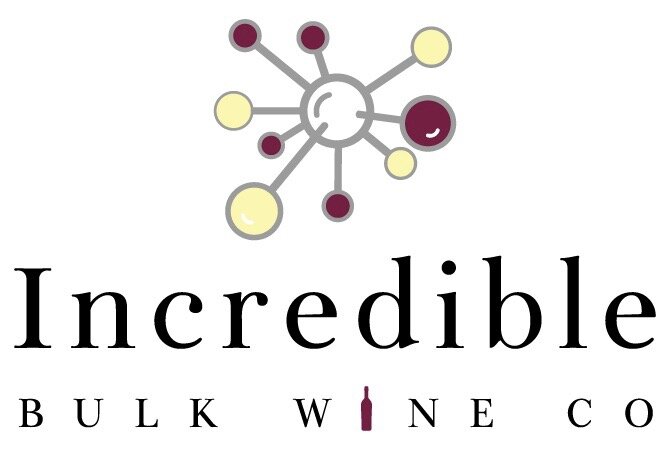July brought record heat to Eastern Washington State. This came on the heels of a cooler and wetter June than normal. What we have so far is a classically normal vintage in terms of heat unit accumulation in Eastern Washington State. The second half of August ran contrary to the historic trends with temperatures cooler than expected. This down trend in temperatures actually helped to accelerate the onset of harvest. Plants were shut down for much of the heat wave in July due to the extreme temperature pushing plants into survival mode. As temperatures cooled in mid to late August, veraison sped ahead. September weather has been beautiful of late after a hot start to the month.
Walla Walla’s crop size was affected negatively by extreme cold temperatures. Hillside vineyards, believed to be frost protected, were surprisingly the most greatly affected in the AVA due to an unusual inversion that accompanied the cold snap in January. Rhône varieties were hard hit in particular.
Most of the state’s yields look to be above average, especially (and unfortunately based on consumption demands) in Cabernet Sauvignon. Sauvignon Blanc and Pinot Gris demand remain strong. Demand in some niche varieties such as Malbec, Tempranillo, Chenin Blanc, and white Rhône varieties are exceeding current production levels. The Washington State grape triumvirate of Cabernet Sauvignon, Merlot, and Syrah appear to be vastly over supplied at the moment.
Due to the volume of unsold crop material, Washington State’s grape growing regions are on a yo-yo biannual swing of larger than average, followed by smaller than average crop sizes. 2024 represents the former. Crop sizes, especially in Bordelais red varieties look to be massive. A large player in the market initiated another 30% contract reduction on growers over the last two weeks, further financially impacting the grower community, and likely advancing the cessation of farming of some acreage, leading to the eventual removal of vineyards.
There is an increasing swell of growers that won't harvest these crops and won't make bulk wine assuming that the reduction/delay won't be made up elsewhere. This practice should help balance the bulk wine inventory and help prices return to pre-2020 levels.
The amount of removed, un-irrigated acreage in Washington State is estimated to be between 4,000-6,000 acres. The need to remove up to 20,000 total acres (14,000-16,000 acres in addition to what's been removed) based on current production trends in the state apear to be a new reality.
Current trends in the industry are unlikely to persist. Such is the habit of trends. For the moment, the wine industry at large is over supplied, and Washington isn’t immune.
The strength of smaller to mid sized brands in premium and ultra premium categories remains to be the shining luster of growth in Washington Wine as a category. Some brands are reporting double digit growth continuing this year at price points of $15-$25/bottle and at price points greater than $50/bottle.
